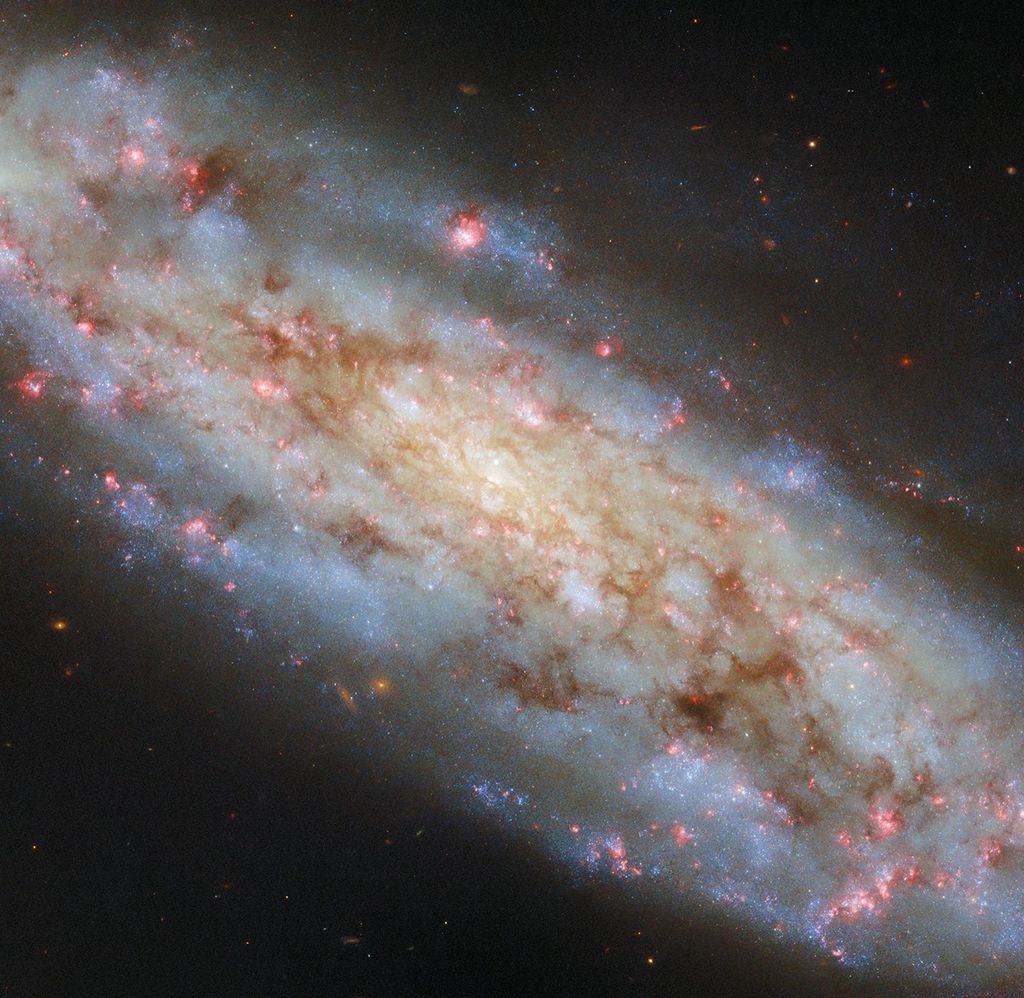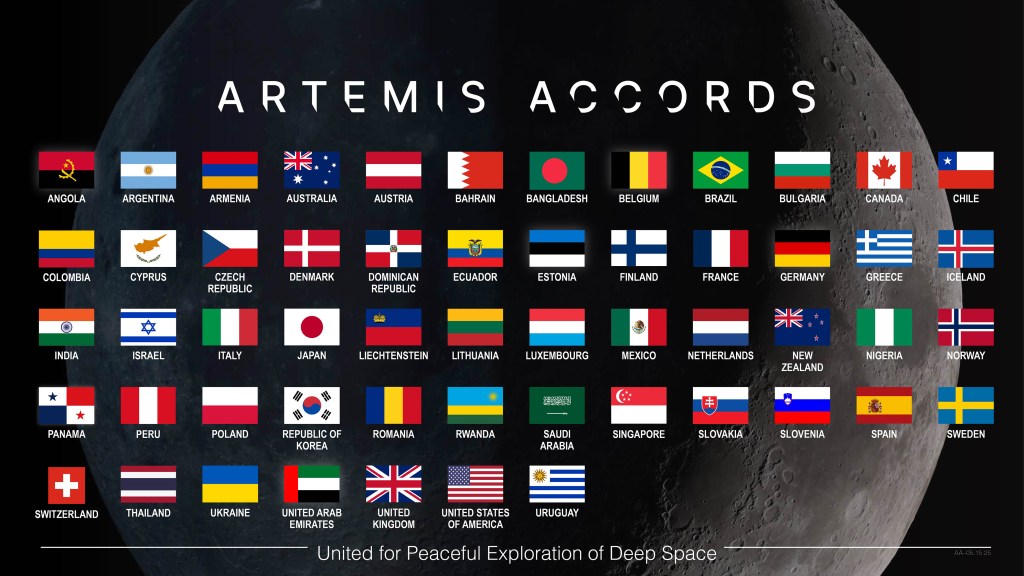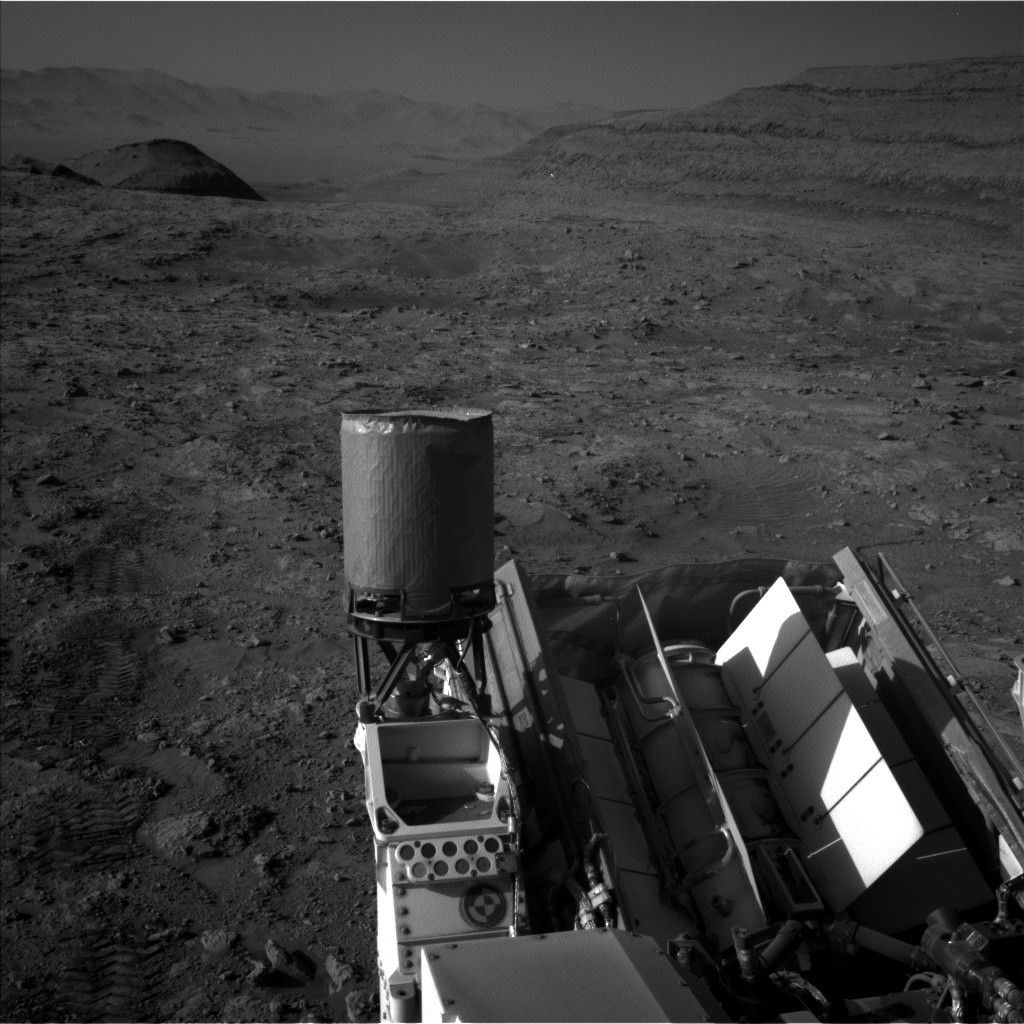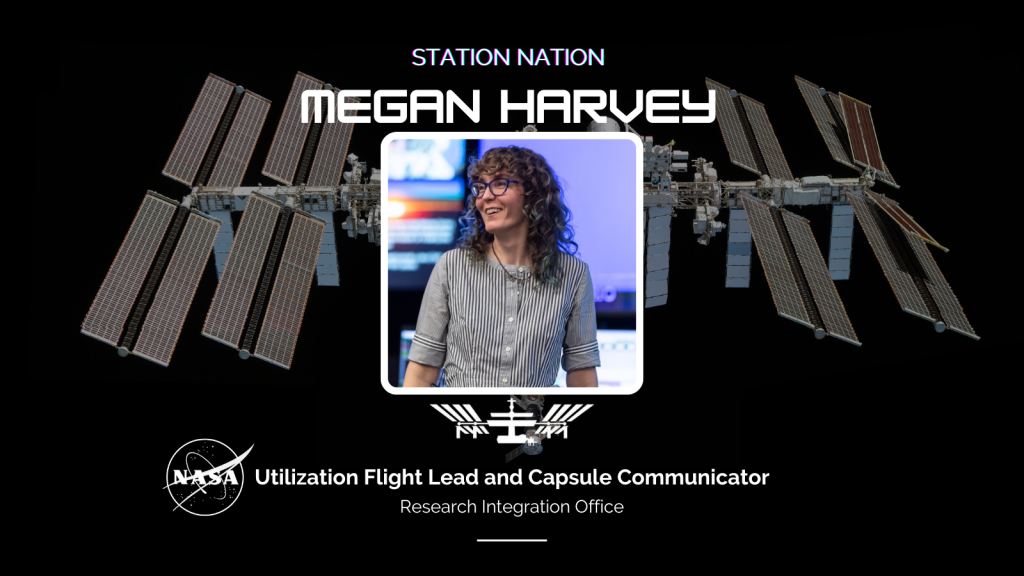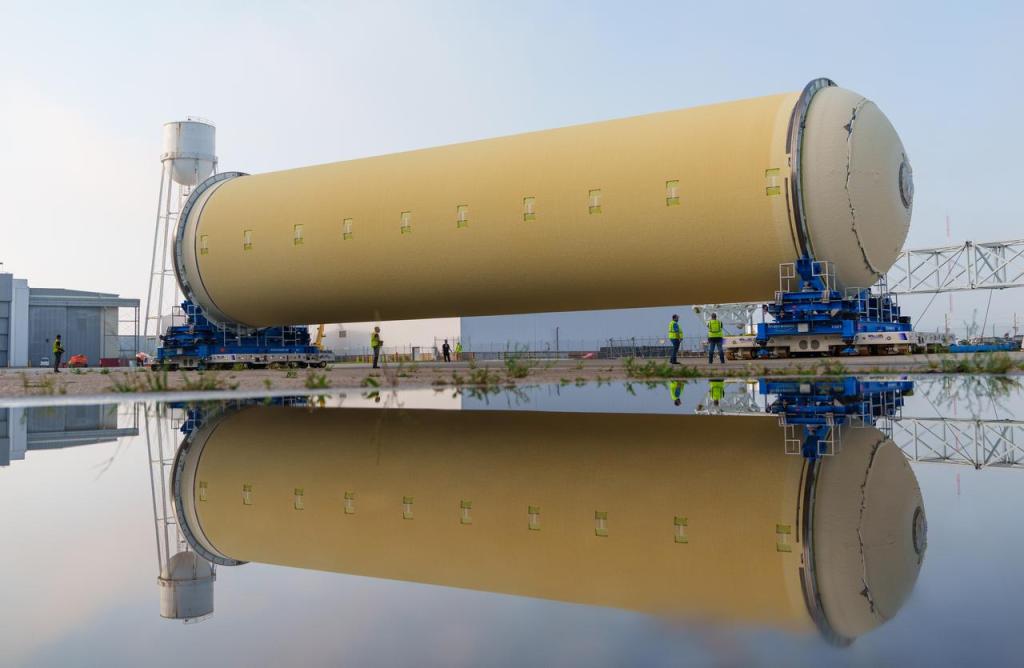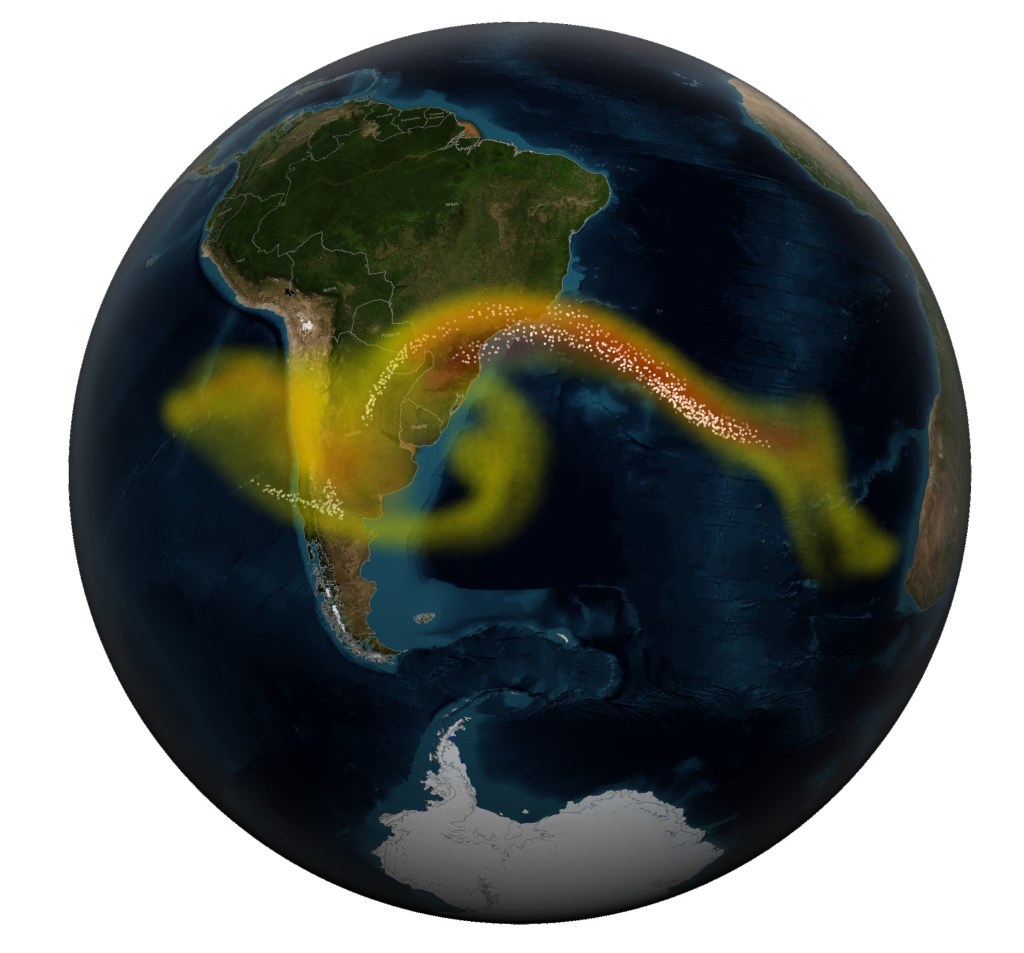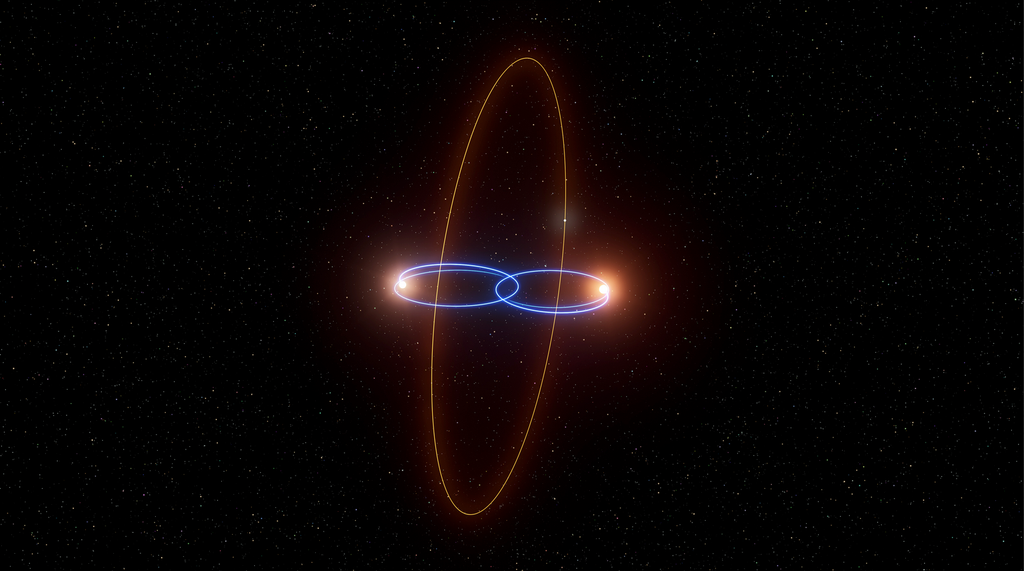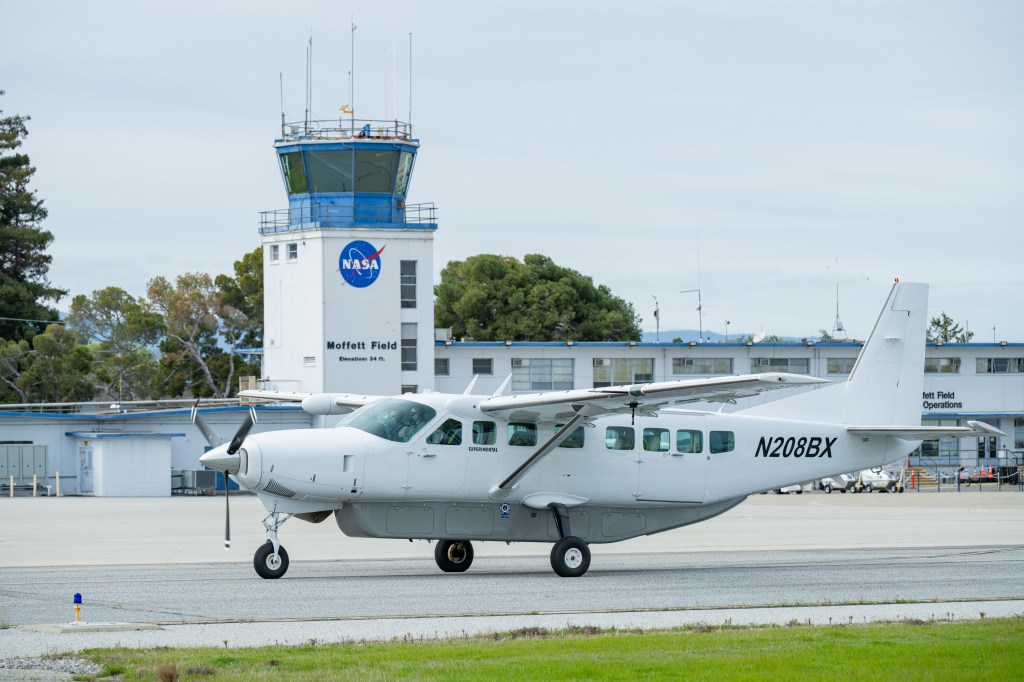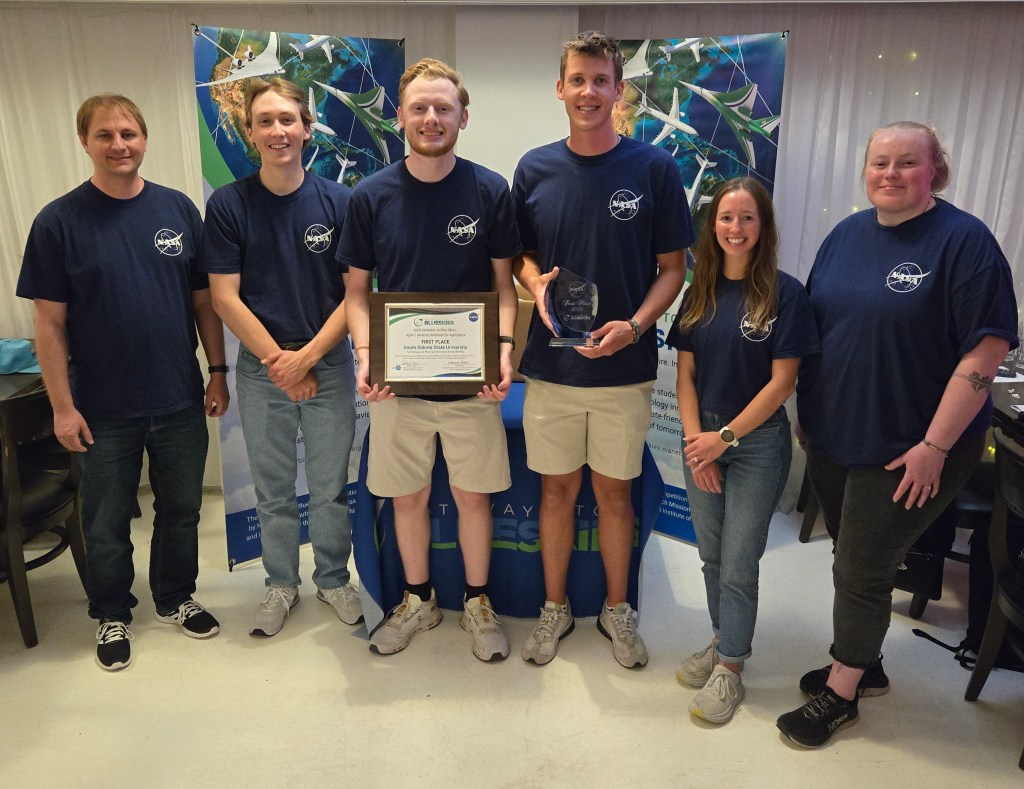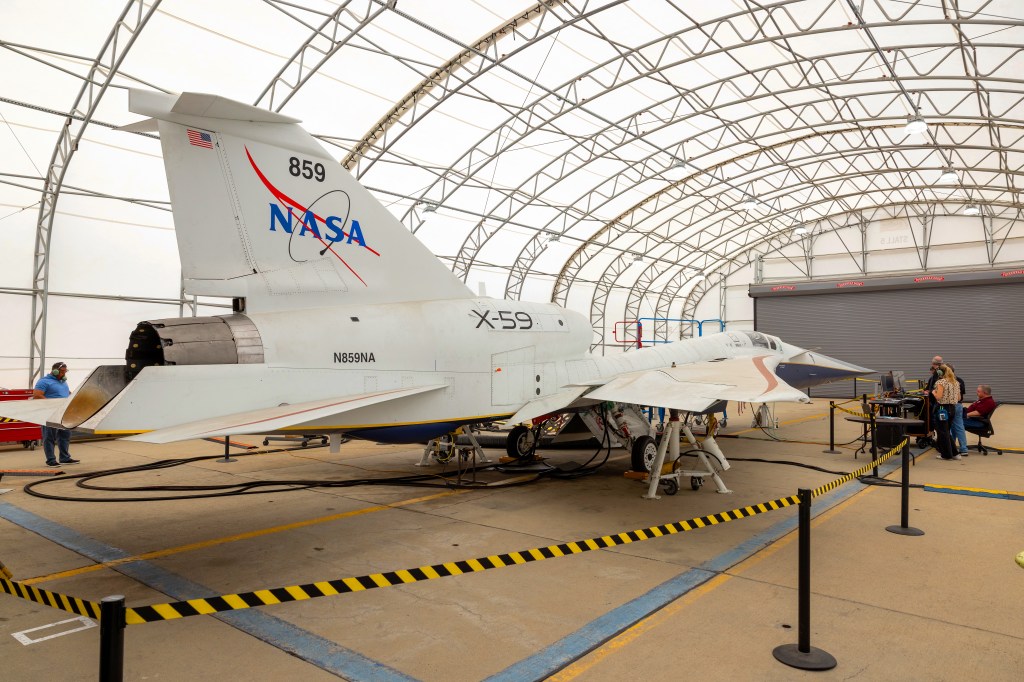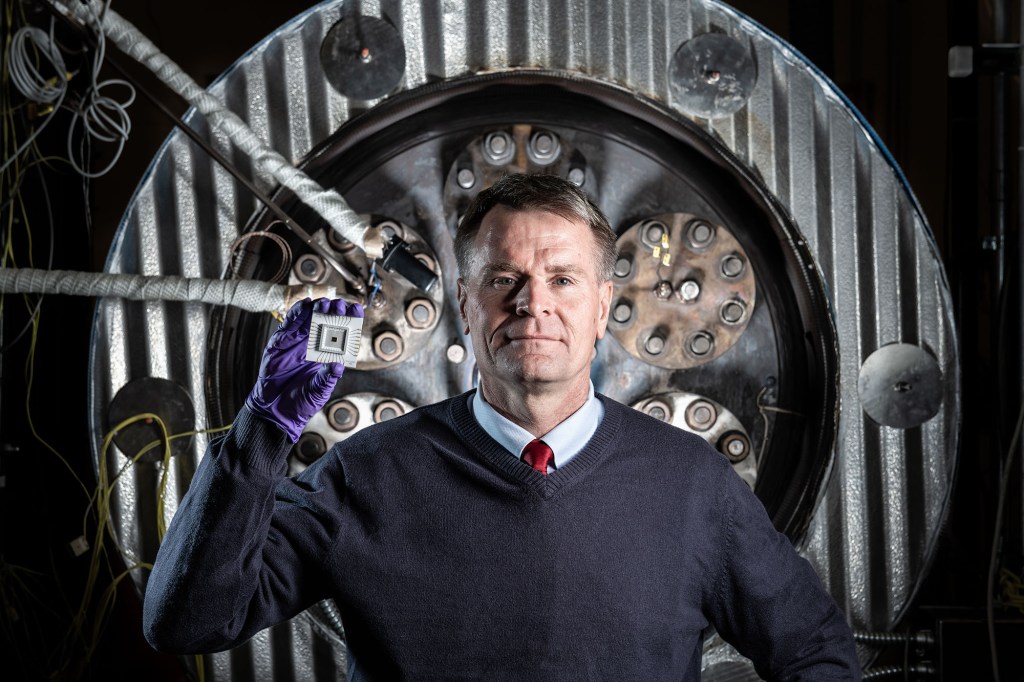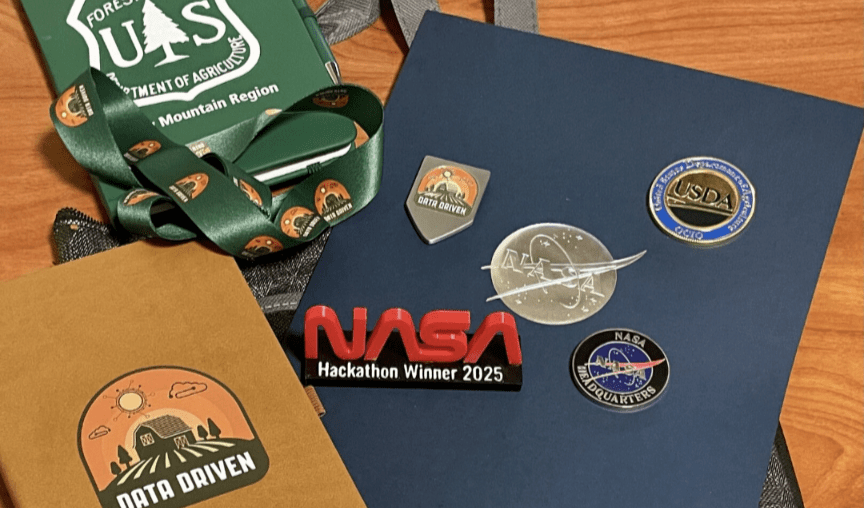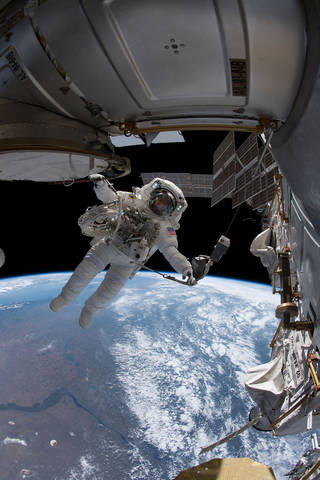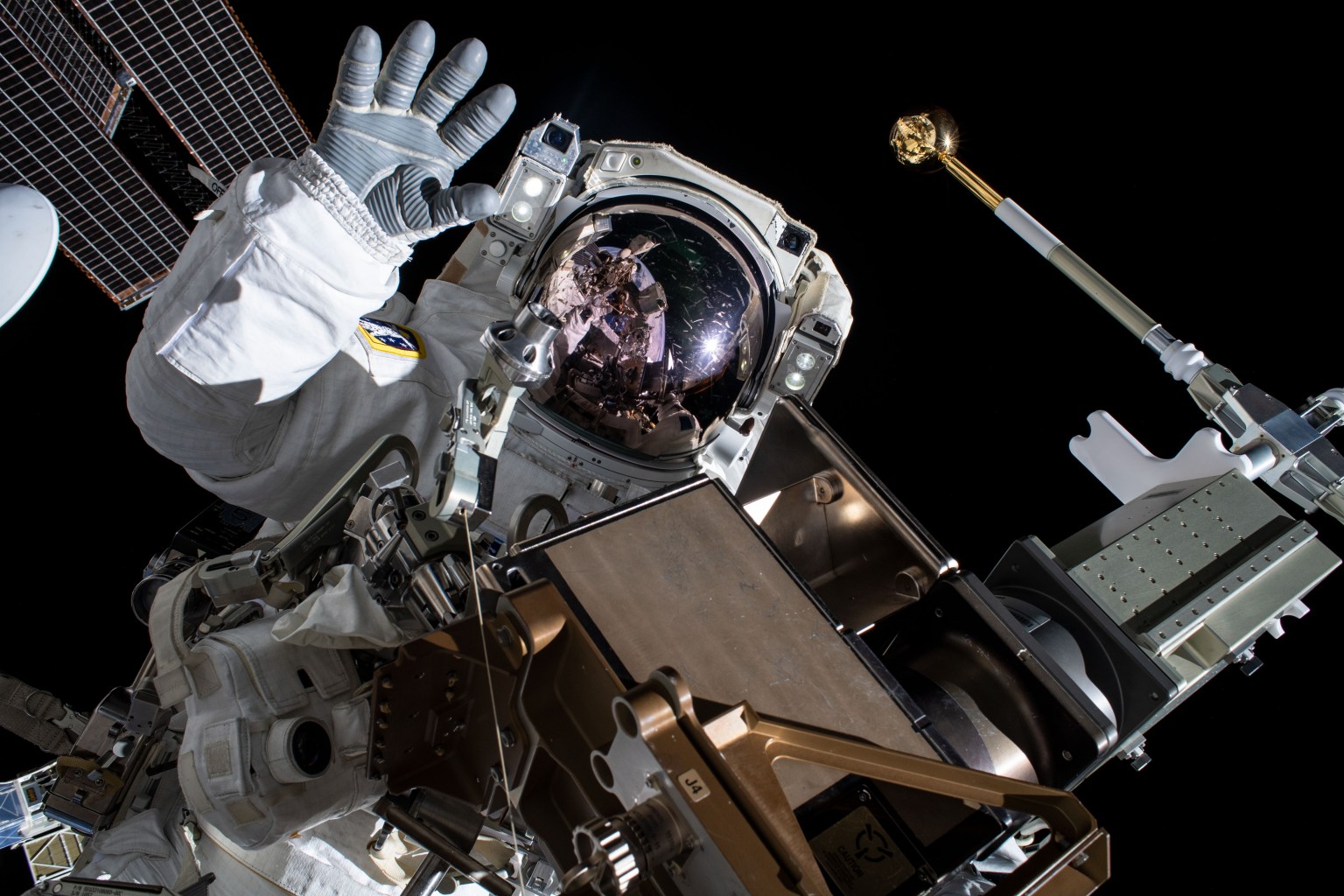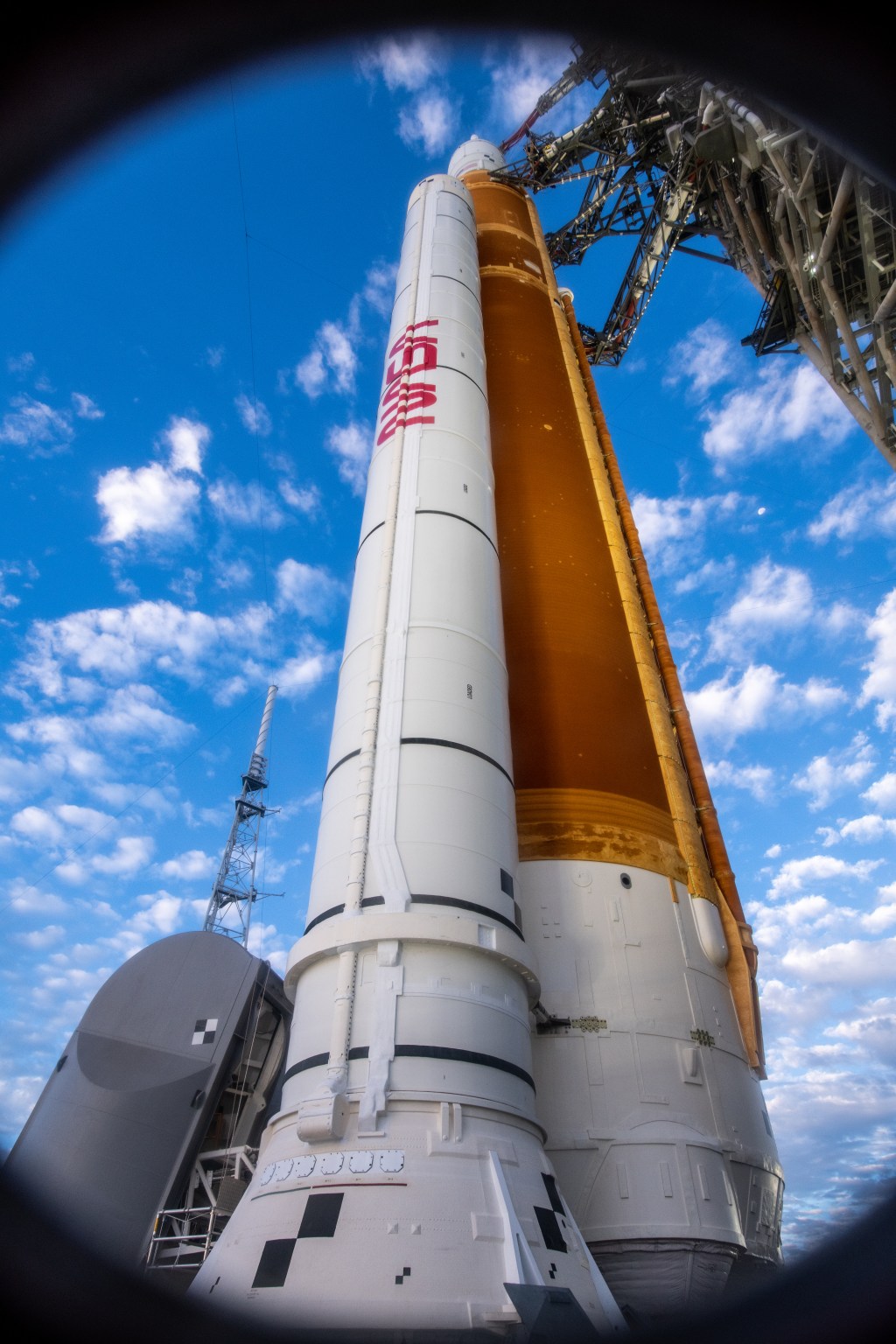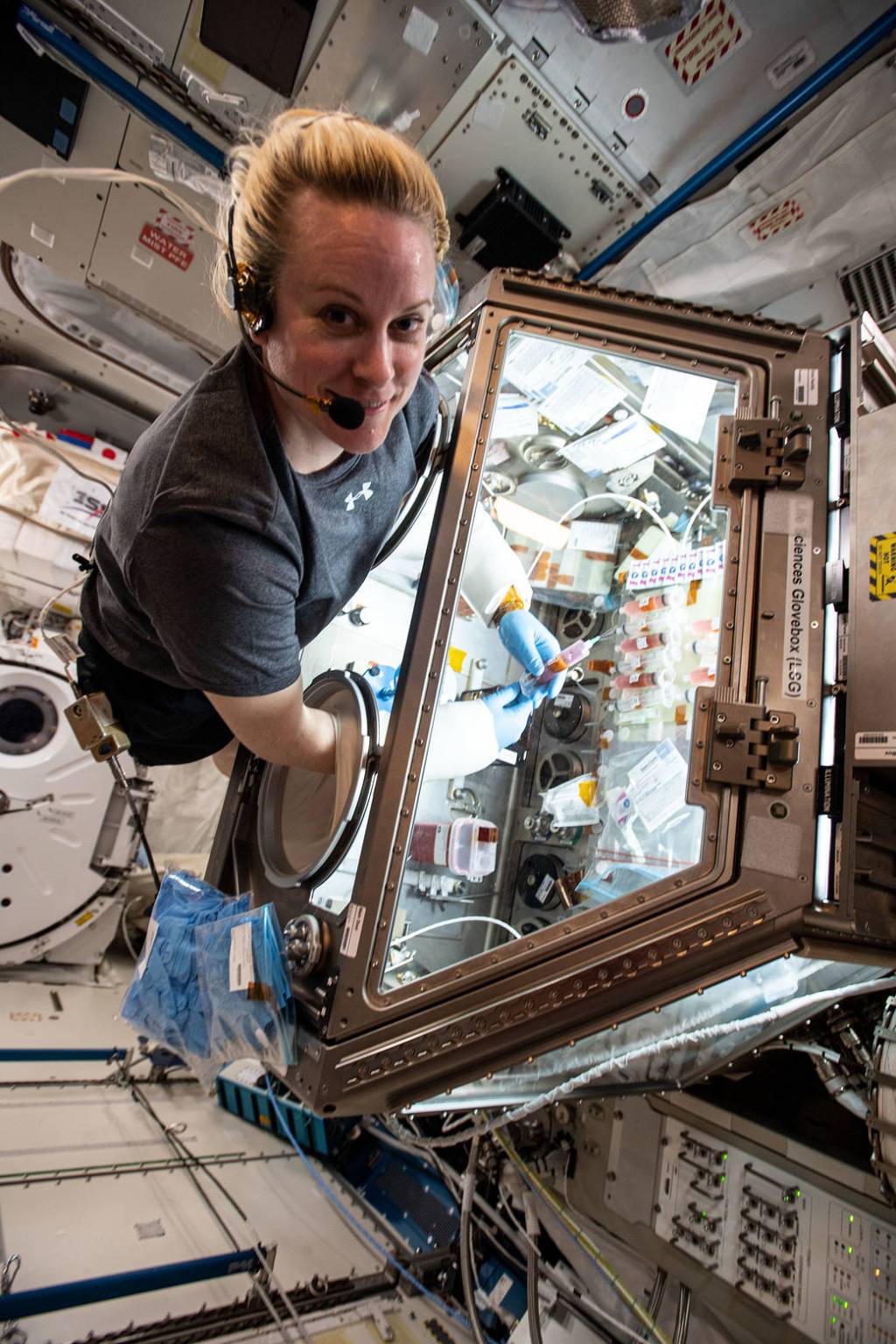A spacecraft is not only a home, it’s also a machine. NASA understands that the ecosystem inside a vehicle plays a big role in everyday astronaut life. Important habitability factors include temperature, pressure, lighting, noise, and quantity of space. It’s essential that astronauts are getting the requisite food, sleep and exercise needed to stay healthy and happy.
Technology, as often is the case with out-of-this-world exploration, comes to the rescue in creating a habitable home in a harsh environment. Everything is monitored, from air quality to possible microbial inhabitants. Microorganisms that naturally live on your body are transferred more easily from one person to another in a closed environment. Astronauts, too, contribute data points via urine and blood samples, and can reveal valuable information about possible stressors. The occupants are also asked to provide feedback about their living environment, including physical impressions and sensations so that the evolution of spacecraft can continue addressing the needs of humans in space. Extensive recycling of resources we take for granted is also imperative: oxygen, water, carbon dioxide, even our waste.


